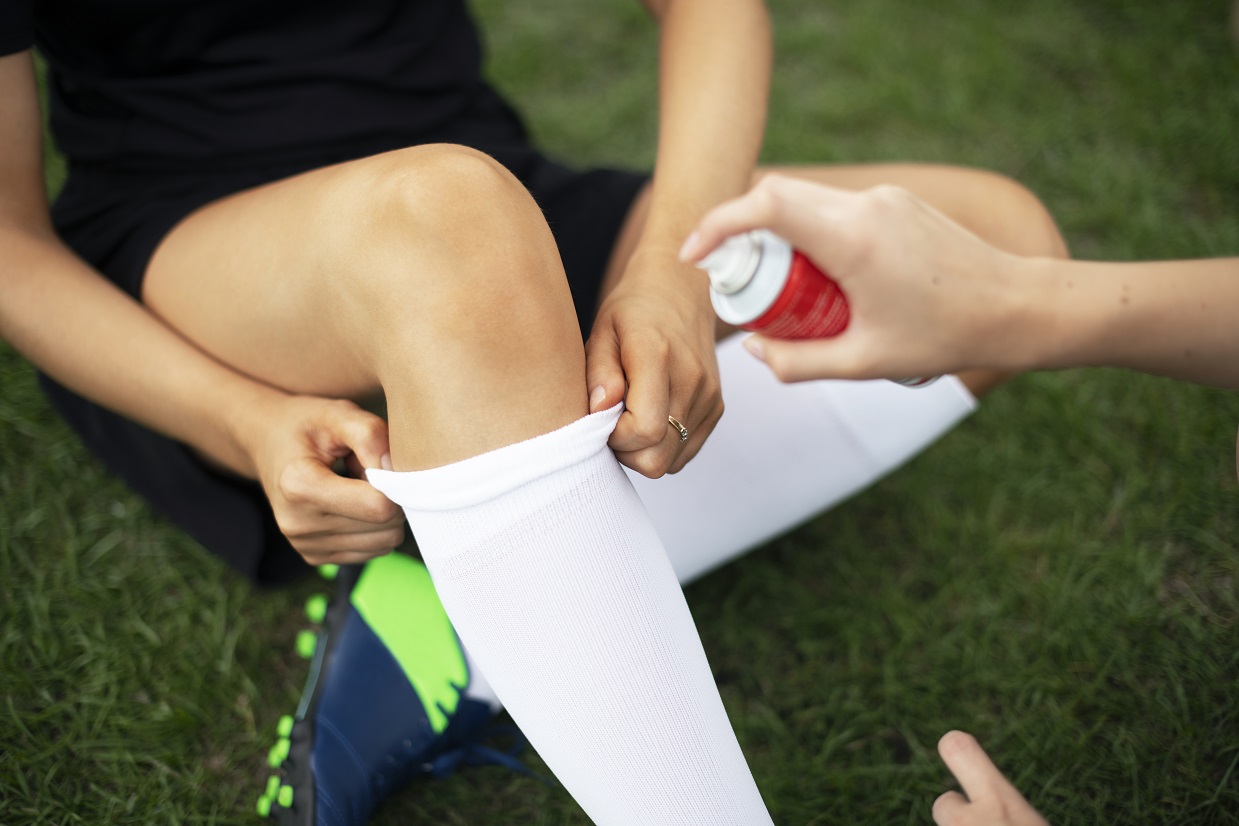Every parent wants their children to have experience playing sports, and youth softball is a great way to introduce them to the world of athletics. Unfortunately, due to the physical nature of softball, there are potential risks that come with participating in this sport. That’s why it’s important to take steps to minimize the risk of injury in youth softball players. In this blog, we’ll discuss some practical ways that parents and coaches can help keep their young athletes safe while playing the game they love. From proper warm up techniques to equipment recommendations, we’ll cover it all! Let’s get started!
Key Takeaways
• Understand the potential risks associated with playing youth softball
• Implement pre-game warm up techniques to reduce injury risk
• Invest in the necessary equipment and protective gear for added safety
• Learn proper pitching technique and posture to minimize impact on joints
• Follow our other suggestions to ensure a safe and enjoyable experience for youth players
• Further resources available for additional information and help
Overview of youth softball
Softball is a sport that is often considered to be a safer alternative to baseball. However, there are still a number of potential risks associated with playing softball, especially at the youth level. One of the most common injuries in softball is repetitive stress injury to the shoulders and elbows, due to the overhead pitching motion. Softball players also commonly experience ankle sprains and shin splints. Because softball is often played on hard surfaces such as concrete, these injuries can be particularly painful and difficult to recover from. In addition, softball players are also at risk for concussions, due to the high speeds at which balls can be thrown and hit. As a result, it is important for parents and coaches to be aware of the potential risks associated with playing softball, in order to help keep players safe with customize softball uniforms.
Proper Warm Up Techniques
Softball is a high-intensity sport that requires players to be in top physical condition. A proper warm-up before playing can help prevent injuries and improve performance. Warm-ups help to increase blood flow to the muscles, loosen joints, and prepare the mind for competition. There are a few key things to keep in mind when warming up for a game. First, it is important to start slowly and gradually increase the intensity of the activity. Second, focus on dynamic movements that mimic the actions used in softball. Finally, make sure to stay hydrated and cool down properly after the warm-up. By following these simple tips, players can ensure that they are physically and mentally prepared for the game ahead.
One of the best ways to reduce the risk of injury in youth softball players is to ensure that they warm up properly before each game. Pre-game warm ups should involve dynamic stretching, which will help prepare the body for activity and increase blood flow throughout the muscles. This type of stretching helps to improve flexibility and reduce the risk of muscle strain or injury. Additionally, players should also implement activities that focus on developing strength and balance. These activities can include push-ups, pull-ups, and lunges. Finally, players should engage in some light jogging or running to get their heart rate up before the game. By engaging in these warm up techniques, players will be better prepared to safely participate in the game.
Equipment Recommendations for Youth Softball Players
Softball is a great sport for kids of all ages. It is a team sport that helps develop coordination and social skills while providing plenty of exercise. If you have a child who is interested in playing softball, there are a few pieces of equipment that they will need in order to participate. The first is a softball. Softballs are specifically designed for the game of softball and are larger and softer than regular baseballs. They are available in a variety of sizes, so be sure to consult with your child’s coach or league to determine the appropriate size for them to use.
In addition to a softball, players will need a bat. Softball bats are also available in a variety of sizes, but they tend to be shorter and lighter than baseball bats. Again, it is important to consult with your child’s coach or league to ensure that you select the right size bat for them. Finally, all players will need to wear a protective helmet while batting and running the bases. This will help to protect them from injuries if they are hit by a pitch or if they collide with another player. While not required, many players also choose to wear protective gloves while fielding the ball. With the proper equipment, your child will be ready to enjoy Softball!
Proper Pitching Technique and Posture
Softball pitchers need to have both proper technique and posture in order to perform at their best. When pitching, the feet should be shoulder-width apart, and the weight should be evenly distributed. The ball should be held in the gloved hand, with the fingers extended and pointing down. As the pitcher winds up, they should take a small step forward with the lead foot. The arm should then be brought back behind the body, before being whipped forward to release the ball. Proper pitching technique can help to increase velocity, while also helping to prevent injuries.
In addition to proper technique, it is also important for pitchers to have a good range of motion. Stretches that focus on the shoulder, elbow and wrist can help to improve flexibility and prevent injuries. Pitchers who are flexible and have a good range of motion are able to extend further when throwing, resulting in more powerful pitches. As a result, regular stretching is an important part of any pitcher’s training regime.
Summary of risk-reduction strategies for youth softball players
Softball is a recreational sport that is enjoyed by people of all ages. However, as with any physical activity, there is always the potential for injury. In order to minimize the risk of injury, it is important to implement proper risk-reduction strategies. For example, players should warm up before playing, and they should wear protective equipment such as gloves and helmets. If players follow these precautions, they will be less likely to experience an injury while playing softball. Furthermore, by implementing these risk-reduction strategies, players will also be more likely to enjoy their game and have fun. As such, it is clear that the benefits of implementing proper risk-reduction strategies far outweigh the costs.








